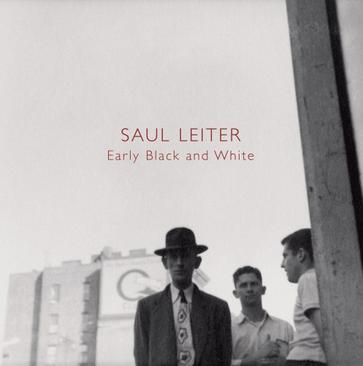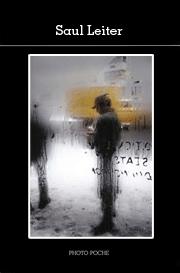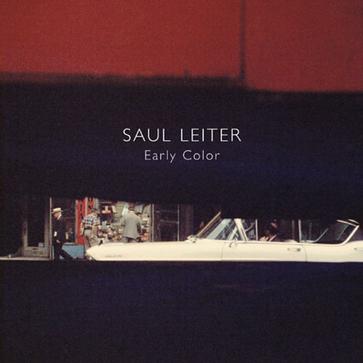欢迎来到相识电子书!
标签:Saul_Leiter
-
Saul Leiter
The distinctive iconography of Saul Leiter's earliest black-and-white photographs stems from his profound response to street life in 1940s and 50s New York City. While Leiter's technique borrowed from the immediacy of photo-documentary work, his imagery was generated by subjective and highly individual reactions to the people and places he encountered. The mystery of the city propelled his art, and poignant moments of human experience filled it: Leiter was a Magic Realist with a camera. He tended to work in series, and Saul Leiter: Early Black and White contains 100 remarkable photographs grouped under 10 thematic headings, ranging from the radically innovative to moving urban nostalgia. -
Saul Leiter
Although Edward Steichen exhibited some of Saul Leiter's color photographs at The Museum of Modern Art in 1953, for 40 years afterward they remained virtually unknown to the art world. Saul Leiter: Early Color provides the first opportunity to see a comprehensive presentation of images by one of photography's great originals. Leiter moved to New York in 1946 intending to be a painter, but through his friendship with the Abstract Expressionist Richard Pousette-Dart, he quickly recognized the creative potential of photography. Though he continued to paint, exhibiting alongside Philip Guston and Willem de Kooning, Leiter's camera became--like an extension of his arm and mind--an ever-present interpreter of life in the metropolis. He sought out moments of quiet humanity in the Manhattan maelstrom, forging a unique urban pastoral from the most unlikely of circumstances. The lyricism and intensity of his vision come into fullest play in his eloquent handling of color unequaled by his contemporaries. Leiter's visual language of fragmentation, ambiguity, and contingency is evoked by these 100 subtle, painterly images that stretched the boundaries of photography in the second half of the 20th century.
热门标签
下载排行榜
- 1 梦的解析:最佳译本
- 2 李鸿章全传
- 3 淡定的智慧
- 4 心理操控术
- 5 哈佛口才课
- 6 俗世奇人
- 7 日瓦戈医生
- 8 笑死你的逻辑学
- 9 历史老师没教过的历史
- 10 1分钟和陌生人成为朋友



